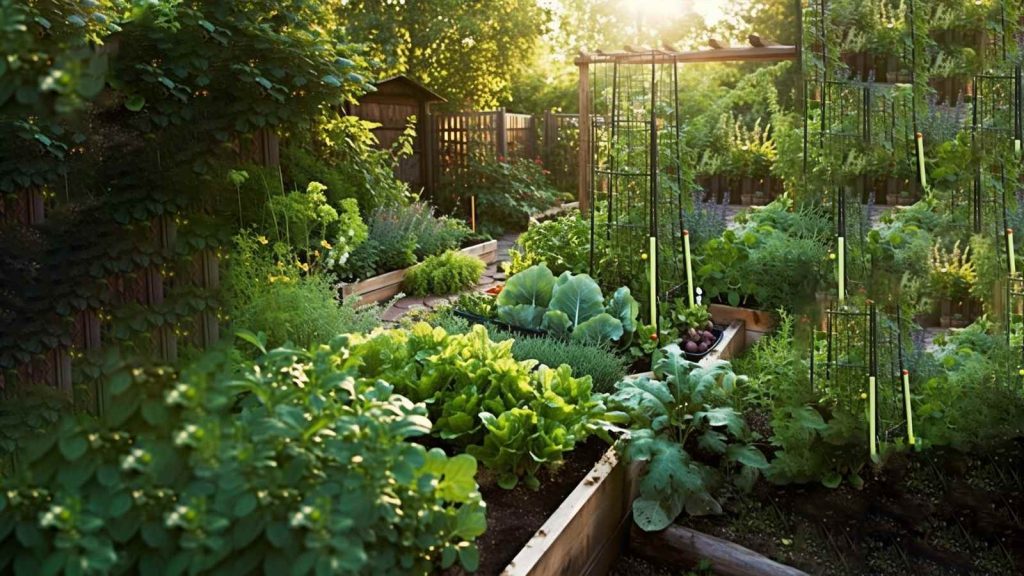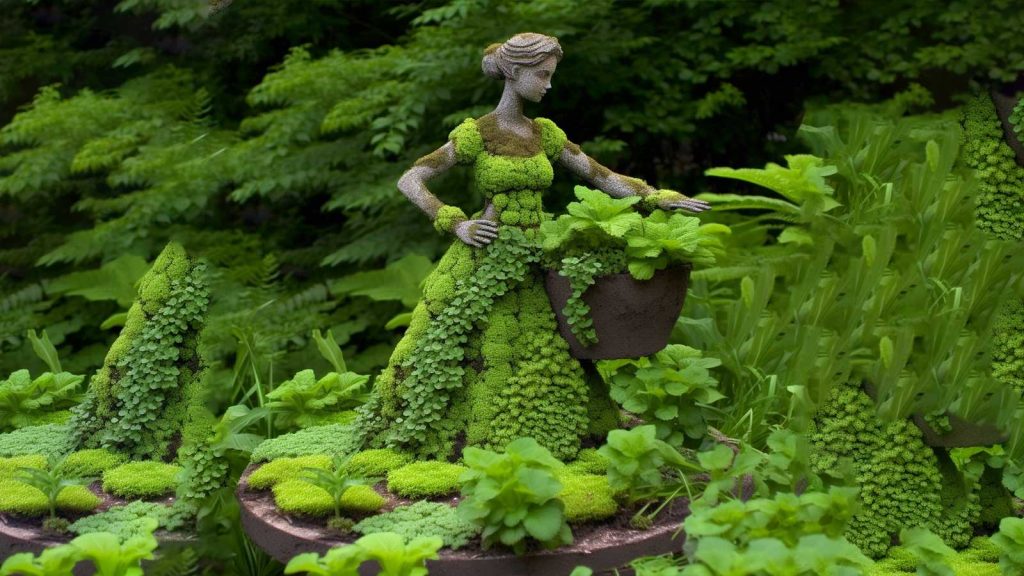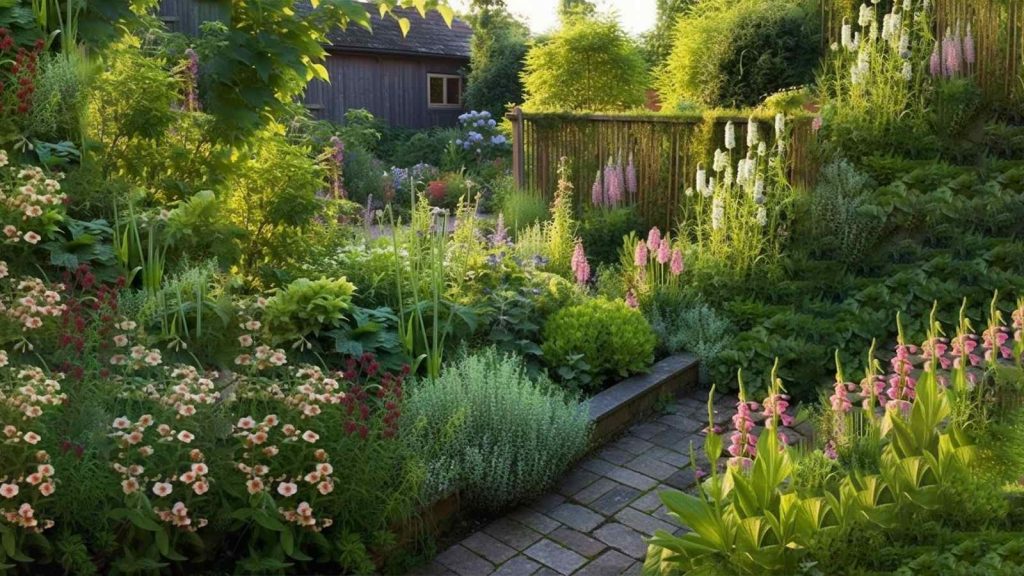Imagine stepping outside your door and plucking fresh herbs to enhance the flavors of your meals or create soothing herbal infusions. Designing a beautiful herb garden allows you to cultivate a variety of aromatic plants, adding both visual appeal and culinary delights to your outdoor space. Whether you have a sprawling garden or a small balcony, here are some tips to help you create a stunning and functional herb garden:
1. Assess Your Space:
- Sunlight Requirements: Most herbs thrive in full sun, so choose a location that receives at least 6-8 hours of direct sunlight each day. If you have limited sunlight, select herbs that can tolerate partial shade.
- Space Availability: Determine the amount of space you have for your herb garden. It can range from a dedicated garden bed to containers or even vertical wall planters, depending on your available area.
2. Plan Your Layout:
- Accessibility: Consider placing your herb garden near your kitchen for easy access when cooking. This way, you can conveniently harvest fresh herbs and enjoy their flavors at their peak.
- Grouping and Companion Planting: Group herbs with similar water and sunlight requirements together. Consider companion planting to enhance the growth and flavor of certain herbs. For example, basil and tomatoes grow well together.
- Vertical Gardening: If space is limited, utilize vertical gardening techniques such as wall-mounted planters or hanging baskets to maximize your herb garden’s potential.
3. Choose Your Herbs:
- Culinary Favorites: Select herbs that you frequently use in your cooking. Popular choices include basil, rosemary, thyme, parsley, mint, oregano, cilantro, and chives. Experiment with unique varieties to add diversity to your garden.
- Medicinal Herbs: If you’re interested in herbal remedies, incorporate medicinal herbs like lavender, chamomile, lemon balm, or echinacea. These not only provide therapeutic benefits but also add beauty and fragrance to your garden.
4. Consider Design and Aesthetics:
- Pathways and Edging: Create defined pathways or edging using stones, bricks, or pavers to add structure and organization to your herb garden. This helps prevent soil erosion and allows for easy maintenance.
- Color and Texture: Plant herbs with different leaf shapes, colors, and textures to create visual interest. Pair vibrant green basil with silvery lavender or delicate fern-like dill with bold rosemary for a captivating display.
- Companion Flowers: Integrate companion flowers such as marigolds, calendula, or nasturtiums. These not only add beauty but also attract beneficial insects that help control pests and promote pollination.
5. Provide Proper Care:
- Soil Preparation: Ensure well-draining soil rich in organic matter. Amend the soil with compost or aged manure before planting. Herbs generally prefer soil with a slightly alkaline to neutral pH.
- Watering: Herbs have different water needs, so water them accordingly. Avoid overwatering, as most herbs prefer drier soil. Allow the soil to dry out slightly between waterings to prevent root rot.
- Pruning and Harvesting: Regularly prune your herbs to encourage bushier growth and prevent them from becoming leggy. Harvest herbs in the morning when their essential oils are at their peak for the best flavor and aroma.
6. Add Decorative Elements:
- Herb Markers: Label your herbs with decorative markers or painted rocks to identify each plant. This adds charm to your garden and helps you keep track of different varieties.
- Garden Decor: Enhance your herb garden’s visual appeal with decorative elements like trellises, garden sculptures, or a cozy seating area.
Designing a beautiful herb garden brings the joy of fresh flavors and fragrances right to your fingertips. With careful planning, thoughtful design, and proper care, your herb garden will flourish, providing you with a continuous supply of aromatic delights for culinary creations, teas, and more. So, start cultivating your herb garden today and enjoy the bountiful rewards it brings to your outdoor space and culinary adventures.




